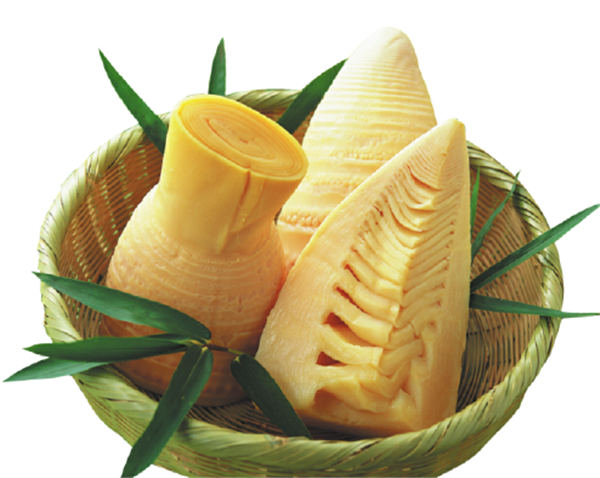Racing against time with bamboo


Traditional and fusion cooking styles, regional and international ingredients and a new awareness of healthy eating are all factors contributing to an exciting time for Chinese cuisine.
The bamboo grove in our garden is enjoying the spring rain too much. It is sending up shoots faster than we can harvest. One day too late, and the slender shoots grow another 50 centimeters, turning fibrous and inedible.
If you catch them as they just emerge, the bamboo shoots are tender, juicy and full of flavor.
Bamboo grows all over China, and, despite its height, it is actually a grass. It is quick-growing and covers large tracts of land all over southern and southwestern China.
It is a versatile material that is used in everything from whole houses to baskets as small as a cricket's cage. Bamboo is made into furniture, such as complete sets of tables and chairs, as well as ladders, hoes, trays and mats. Its uses are legion and sometimes unexpected.
In Sichuan, for example, a specialty is tiny, delicate and spoonlike contraptions that are designed to clean the inside of ears.
Apart from its vast range of utilitarian purposes, bamboo also produces bamboo shoots, a uniquely Chinese ingredient seldom seen in other cuisines.
Yes, Korean and Japanese cooking make use of bamboo shoots, but no one prepares them like the Chinese chef.
When the spring thunderstorms come, the bamboo forests wake. As the rain soaks into the earth, dormant squat shoots that have lain underground all winter start swelling and poking their tips through the ground.
Even before their tender tops can pierce through the surface, they are quickly spotted and harvested. These fat "winter shoots" are boiled to get rid of the white alkali residue in the center and stripped of their inedible outer leaves.




































